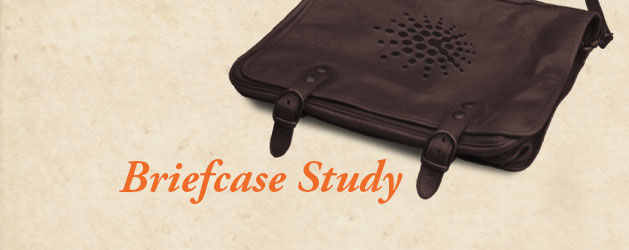We continue to meet with people who have or had a family member who required a meaningful amount of care in a nursing situation, some lasting for years. As a result, these families are very interested in knowing their options for paying for long-term care, should that need arise for themselves. While we’ve discussed the various options in other newsletters, this case study will focus on just one of those options, paired with another planning area: the RMD.
If you haven’t read the Back to the Basics piece yet, I suggest doing so. In this client’s situation, they wanted to consider a long-term care strategy but they weren’t excited about the prospect of paying decades worth of long term care insurance premiums, not need nursing care, and losing all of those premiums from their estate. The best option for them to consider was a hybrid long term care/life insurance policy. With this arrangement, they would deposit money into the policy, either as a lump sum or over the years, as scheduled premiums. It’s their choice when we design the policy.
This couple happened to have very strong pension and Social Security incomes, making their accumulated savings in 401(k) and IRAs mostly discretionary. In other words, they don’t foresee the need to make many withdrawals from these accounts to meet their retirement income need. However, the IRS thinks otherwise. Whether this couple wants to or not, they must withdraw money from their qualified accounts beginning at age 70-1/2 to satisfy required minimum distributions. Because they don’t “need” that money, the withdrawals simply result in additional taxes to be paid to the IRS.
One strategy that can be employed to minimize the taxes due on RMDs that occur after age 70, is to begin slightly smaller withdrawals from those accounts before age 70-1/2. Whereas the RMDs are required at that age, taking money out before that time results in smaller IRA and 401(k) account balances upon which to apply the RMD percentage or divisor. Because of the progressive tax rates, it can be a really effective way to reduce the overall tax burden of the RMD. In the case of this family, they chose to invest the withdrawn money into a hybrid LTC/life insurance policy.
Since the hybrid LTC/life insurance policy will pay for long-term care costs on a tax advantaged basis, or pass to heirs as a tax-free life insurance death banefit, the couple knows they are not squandering their deposits. Ultimately, the money will get used to either benefit themselves in the way of long term care premiums, or benefits their estate in the form of life insurance. Either way, they pass more wealth on to their loved ones in the form of a larger estate.
By pairing the two, RMDs and a hybrid LTC/life insurance policy, they create an integrated approach to minimize taxes owed, while passing more wealth on to those who may not be as fortunate to have strong pensions and Social Security. It’s a win-win strategy that simply requires an intent and some planning. If you have one (intent), we can provide the other (planning). If you’d like help maximizing your legacy, give us a call at (419) 931-0704 or send an email to Dave@FourthDimensionFinancial.com.


